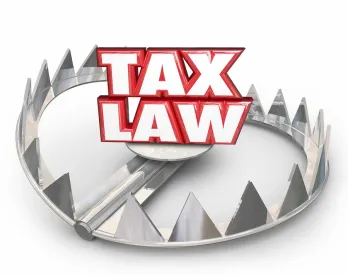The Internal Revenue Service (the Service) issued guidance last month that will, practically speaking, make it slightly more difficult for entities to qualify as regulated investment companies (RICs) for federal income tax purposes.
Under current law, an SEC registered investment company may qualify as a RIC only if, inter alia, (i) 90 percent of its gross income is derived from the business of investing in stock, securities or currencies, and (ii) at least 50 percent of its total assets are represented by cash, cash equivalents, and certain securities. For these purposes a “security” is an instrument that is treated as a security under applicable sections of the Investment Company Act of 1940. This has the anomalous effect of making a tax-law classification dependent on a regulatory law definition.
Prior to 2011, the Service issued both public and private guidance regarding the classification of instruments as securities for these purposes. Derivatives that referenced an index of commodities were held not to be securities; however, shares in an entity whose assets consisted solely of commodity positions were held to constitute securities, even though they offered exposure similar to that of a cash or derivative commodity position.
In the recently-issued guidance, the Service stated that, as of Sept. 27, 2016, it will no longer rule on whether an instrument constitutes a security for these purposes, and ceded exclusive jurisdiction in this area to the SEC, which has historically interpreted the term “securities” more narrowly.
The Service issued proposed regulations simultaneously with the guidance described above. These regulations hold that taxable “phantom” distributions under Sections 951(a) or 1293(a) of the Internal Revenue Code (relating to investments in certain types of foreign corporations) are not treated as dividends or other qualifying income for purposes of the RIC qualification tests unless they are accompanied by actual cash distributions. These proposed regulations will be effective in tax years beginning on or after the date that is 90 days after the regulations are published in the Federal Register in final form.




 />i
/>i

